|
Surviving in the wild is a priority for all living creatures. Whether small or large in appearance, all animals have their own unique way to survive. When not fouraging for food, they like to be invisible by staying still for a long period of time, watching and waiting untill you have passed by. Other strategies they use are: - Living in numbers: these animals feel safe when staying in a group (example: Red Howler Monkeys, American Golden Plovers, Capybaras and Gian Otters) - Relying on their speed: to escape from their predators (example: Hummingbirds, Collared Peccaries, Deer, Agoutis, Tapitis and Antbirds) - Strength: either to catch their prey or defend oneselves, these animals rely on their strength (Anacondas, Harpy Eagles, Jaguars and Lowland Tapirs) - Camouflage: adapting with their surroundings, these animals are masters of disguise (example: Caimans, Fer - de - lance, Nightjars, Three - toed Sloth, Green Ibises and Tree Runners) - Travel buddies: usually small birds that are looking for shelter or 'food', in return they warn their big friend for danger (example: Black Caracaras on Lowland Tapirs and Giant Cowbirds on Capybaras) Here are some pictures to explain their strategy: I surely learned a lot!! Monkeys are pretty common here in Kabalebo, Suriname. The ones that I see here are divided in: - Small Monkeys: Golden-handed Tamarin & Common Squirrel Monkeys - Medium sized Monkeys: Brown Capuchin, Wedge-capped Capuchin, White-faced Saki and Bearded Saki - Large Monkeys: Red Howler Monkeys and Black Spider Monkeys Only the Squirrel Monkeys and Brown Capuchins travel together as one large group, in search of food. All the other monkeys stay/travel with their own kind. Their strength to survive in the wild is by traveling in large numbers. It is also easy to spot the group as they are very noisy and active during their travel. Jumping from one branch to the next, grabbing and eating as many fruits and nuts they possibly can. Seeing them on the move, give onlookers, like me, a spectacular view. It is like looking at small acrobats giving away a free show .... jumping in mid-air without a safety net to reach the next spot. Not only does their performance create great picture moments, what makes them so special to me is their face-impression. Sometimes almost human-like. Here are some pictures of the Common Squirrel Monkeys: And some of the Brown Capuchin Monkeys:
Before I came to work in the interior of Kabalebo, I was afraid of snakes. I knew back then that I 'froze' only by hearing the word: snake or by looking at a picture. I thought that all snakes were poisonous and dangerous. So working (and living) in the interior helped me get rid of this huge misunderstanding. Over the past few years I learned that there are different kind of snakes: - diurnal and nocturnal - poisonous and non-poisonous With the help of some knowledgeable friends and by reading a lot of snake articles/books I started to 'study': - their patterns and shape of their head - the way they are lying on the ground or on a log (straight or coiled) Some examples that I experienced: - The Slender tree boa (Corallus enydris): is often seen/mistaken for a Lancehead (Botrox atrox). Because of its almost lance head shaped head and its patterns. - The Machete savana (Chironius carinatus): I've seen these type of snakes looking at us with its head raised, almost 25 cm, from the ground. This behavior is often mistaken with that of a cobra, meaning that it will attack you. But they do this just out of curiosity, because after staring at us for some minutes it continues its path without bothering us. I am still learning about snakes, but knowing now a bit more about these beautiful creatures made me help to overcome my fear for them. It also let me respect them even more. 'Cause looking at them from another perspective shows me that they too are vulnerable creatures. Here are some pictures of snakes that I've taken over the past few years. Venomous and nonvenomous snakes ... I am intrigued by all kinds. Enjoy!! These are snakes that I respect a lot .... they are so fascinating: And these are snakes that are being mistaken for either venomous or dangerous: And finally .... snakes that are venomous. I was extremely cautious while taking pictures of them. A lot of respect for them. Hummingbirds are known for their tiny size, shimmering colors and their unique way of flying in front of flowers. As I already said, hummingbirds are one of my favorites, here in Suriname they are also known as kolibries. In Kabalebo, a remote place in the interior of Suriname, I was able to identify at least 16 species. The last one to join 'the club' is the Amethyst Woodstar. Amethyst Woodstars are one of the smallest hummingbirds in Suriname. According to 'the Bird of Surinam' book they weigh less then 3 grams. Little is known about this small creature, supposedly of its tiny size and bumblebee-like fly. My 'lucky' day started on February 13th 2014. In front of a blossoming branch I saw something flying near the flowers. At first I thought it was a bumble bee, but after a second good look I noticed that it was a hummingbird. The smallest one I've seen so far. I tried to take some pictures but because it was so small, my camera couldn't 'find' it. I managed to take only 2 (!!) blurry pictures the first day. Luckily, for me, it stayed at least 7 more days nearby so I was able to take some great pictures. Not only was it an Amethyst Woodstar, it appeared to be a juvenile too. Meaning that it was born and raised here in Kabalebo. The juvenile stayed here until February the 20, 2014 and left the next day. During its stay it was such a great joy to see it enjoying its surroundings (blossoming flowers) Here are some nice pictures I was able to capture of the Amethyst Woodstar. I hope you enjoy the photos, as it was extremely difficult to take great shots. Lowland tapirs, also known as Brazilian tapirs or South American tapirs, are often spotted at Kabalebo. They are seen near river-edges or on hiking trails. With their huge appearance, weighing at least 500 pounds (!!), long nose and mohawk like - hairdo, they almost look like a pre-historic creature ... to me.
With the help of Trap Cams I was able to observe a young joining his mother until they went their separate ways. Lowland tapirs feed on grass, twigs, young leaves, fruit and plums. As an experiment I gathered the plums from our sweet mope tree (As it is a seasonal tree, it is only possible between January and March every year) As they are large in size I had to gather at least 30 pounds (??) a day. I put all the plums on one big pile right in front of the Trap Cam. As shown in footages they appear at different times eating the plums, both day and night. Because the young stayed with his mother for more then a year, he got used to it and felt so comfortable and safe that he started a habit: sitting comfortably in front of the heap while eating. (I'll post some videos about this habit soon on this site) You would think that his new habit would make him vulnerable for predators, but that isn't so. They smell their predators and avoid those trails. That is what I saw on one footage. One day I see a relaxed sitting tapir eating plums. The next day no tapir in sight, but a jaguar seen wandering in front of the Trap Cam. Now the young tapir is all grown-up, he walks alone on the same path he used to walk with his mum. Sometimes black-caracaras or giant cowbirds join the 'lonely' tapir. As its body is full of tics they feast on these creatures. For both the tapir and the birds it is a win-win situation. For an on-looker, like myself, it is quite a show to watch. Seeing a Lowland tapir is a privilege for me, as they are listed on the Endangered Species List due to habitat loss, slow reproduction and being hunted by humans. I am fortunate to see these beautiful creatures, whether it is 'live' or on Trap Cams. "Sometimes following small things can lead to great discoveries." That is what happened to me, back on the 26th of September 2012, when I was enjoying the presence of a "butterfly". I can remember that day like it was yesterday. I went out to photograph when I noticed that a "butterfly" appeared right in front of me, but before I could take a picture of it, it was suddenly gone. Kind of strange, but I paid no further attention to it ..... until I saw the "butterfly" again. It flew 3 meters up, right in front of a branch and then ..... it 'changed' into a hummingbird. What a wonderful surprise!! It was the Black-eared Fairy (Heliothryx auritus) all the time. She was flying like a butterfly as a cover up/camouflage to lure me away from her nest. Usually they hover in front of (blossoming) flowers. The Black-eared Fairy is not the smallest and neither is the largest hummingbird I've seen. But with their immaculate white on their chest and outer tail, they make an impressive appearance. The nest was made on one 'fragile' branch and it was clear that it was a small nest, especially when she was busy incubating. On October the 28th, 2012, I noticed a small 'needle' pointing just outside the nest, which later appeared to be the beak of the immature. The mother was often absent, probably looking for food. On November the 11th, 2012, I was finally rewarded for my patience as I witnessed how the mother was feeding her chick. Not a pretty sight as she just 'pushed' the food right into its throat. After feeding time she tried to sit in the nest, but with her chick still inside, it looked like a 'crowded house'. Two days later I found an empty nest. Gone were the Fairy's. But never forgotten.
Since April 2013 I have been observing and feeding ocelots that are living near the area. It all started with small 'clues' like cat defecates behind the houses or paw prints near the garden. As I know that they are carnivore animals I started to put a small amount of fish/meat in front of a trap cam as I was not able to stay all day/night near the 'buffet'.
The first ocelot that took the bait was a female. After the first 'bait' I started to put more food at least 4 times a week, only after sunset as they are nocturnal creatures (active during the nighttime). In the beginning their food consisted of only fish, but after a while I noticed that they needed a variety in their diet, so I made a mix of fish/chicken/beef. All cut into small pieces. Great surprise!! In the month of June, after 2 months, the female 'introduced' her daughter by bringing her along to the feeder. She was then big enough to eat meat by herself (no breastfeeding) During that same month a male also showed up. Sometimes the male and female crossed each other path in front of the buffet, but never did they get into a fight. Back then the female was very protective towards her daughter. Identifying the cats!! The mother, her daughter and the male became regular visitors to the feeder. Thanks to the images from the trap cams I was able to tell the difference between them by recognizing them via their unique spots. Lotje - name of the female/mother Katja - name of the daughter. In the beginning I called her 'Junior' but when it became clear that 'he' was actually a 'she', I changed her name immediately. Boyke - name of the male. Living together apart!! Since December 2013 I've noticed that Katja started to wander alone. Her mother, Lotje, has given birth in February 2014 for the second time. I am anxiously waiting for the day that she'll bring her kitten(s) to the feeder. To this day all 3 still come to the feeder. As they respect each other and trying to avoid confrontation, they always arrive at different times. ..... to be continued!! Here are some pictures of the 3 of them. I shot the pictures myself from a distance of 4 meters. Keep in mind that they are still wild cats, but are used to my presence now. Hope you enjoy them. |
Archives
June 2024
Categories
All
|
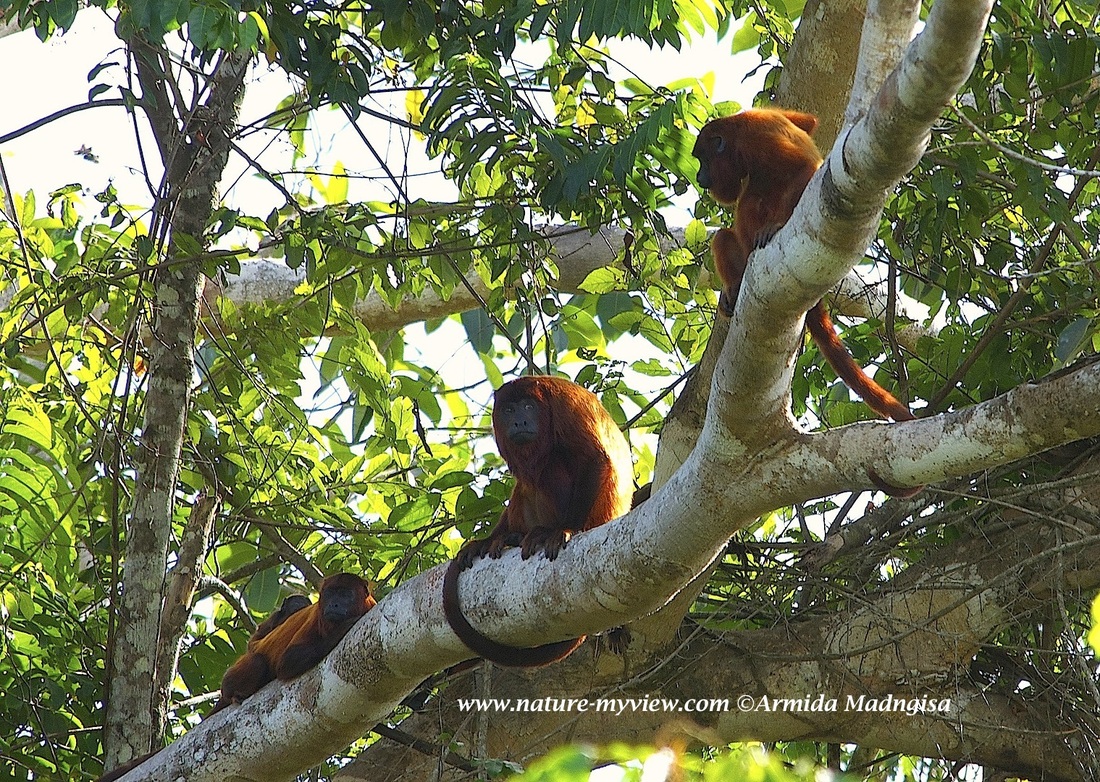
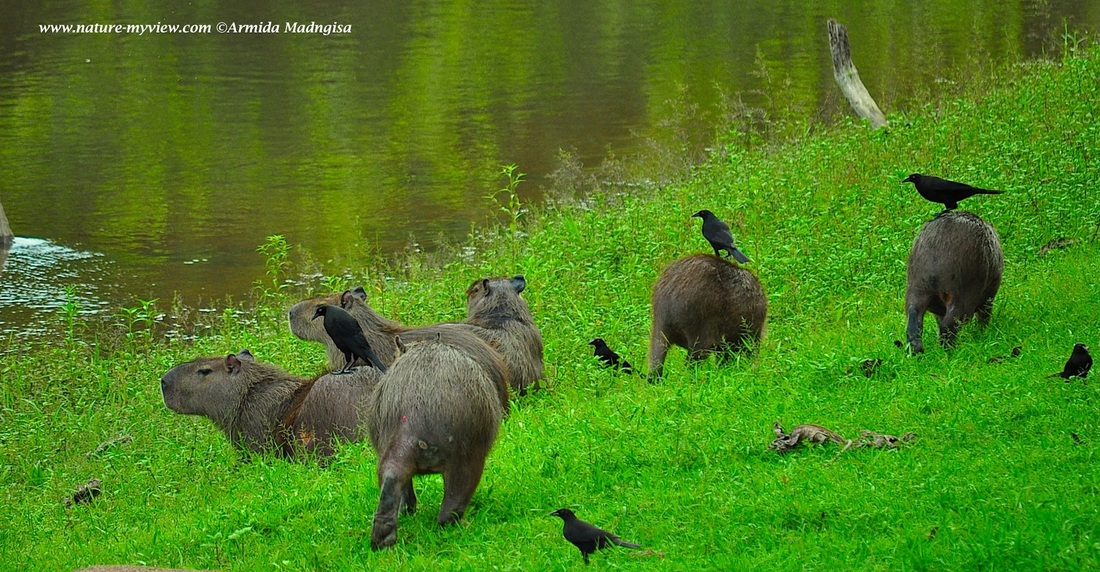
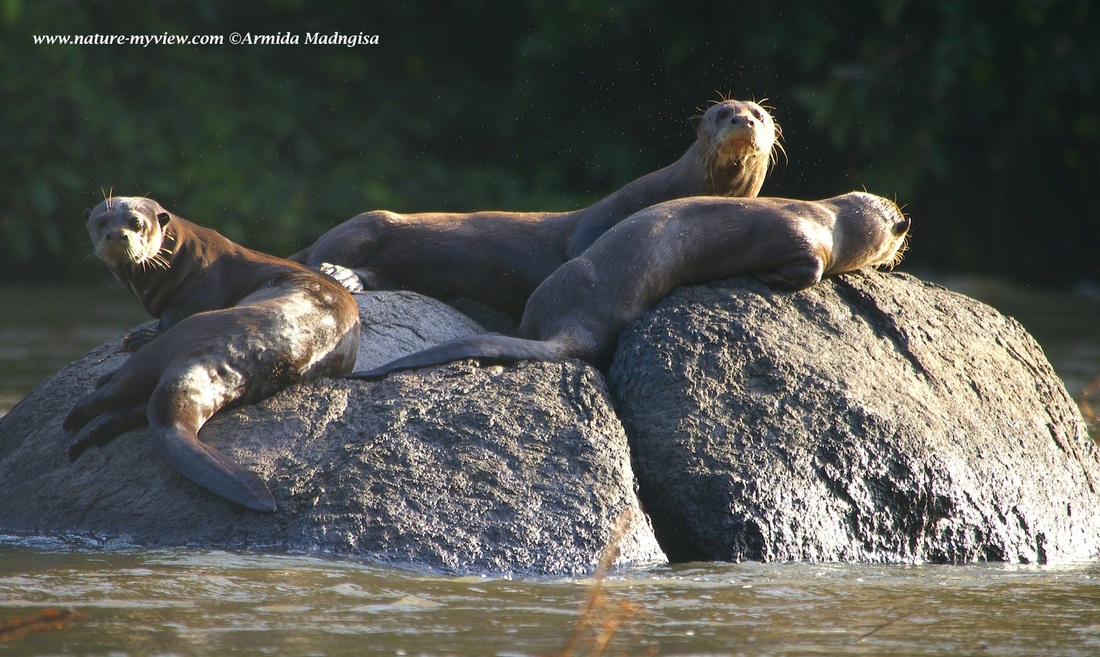
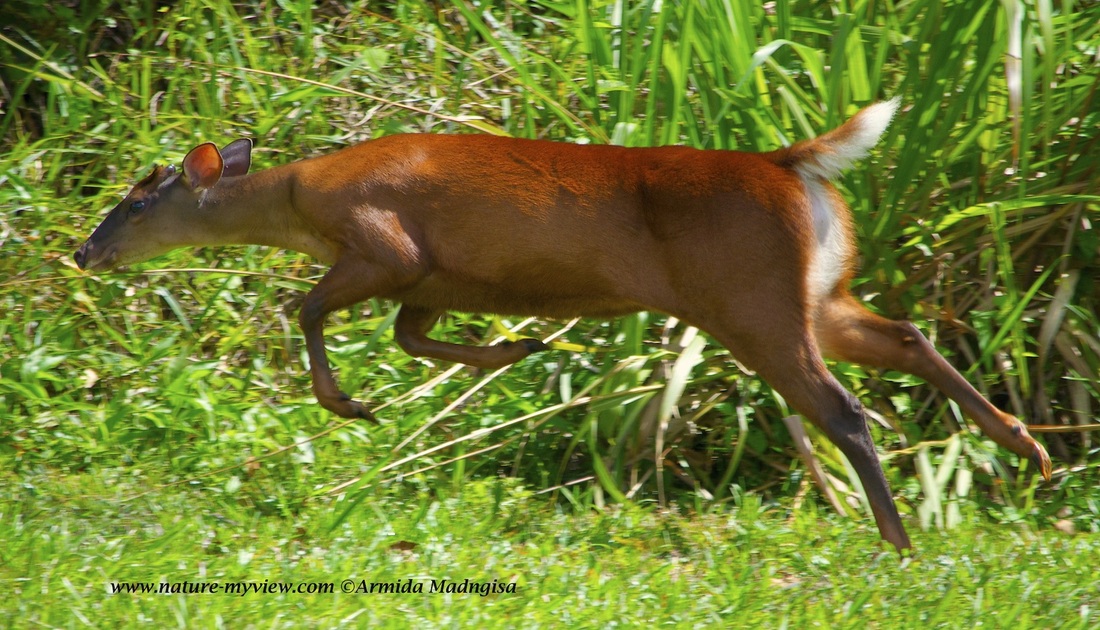
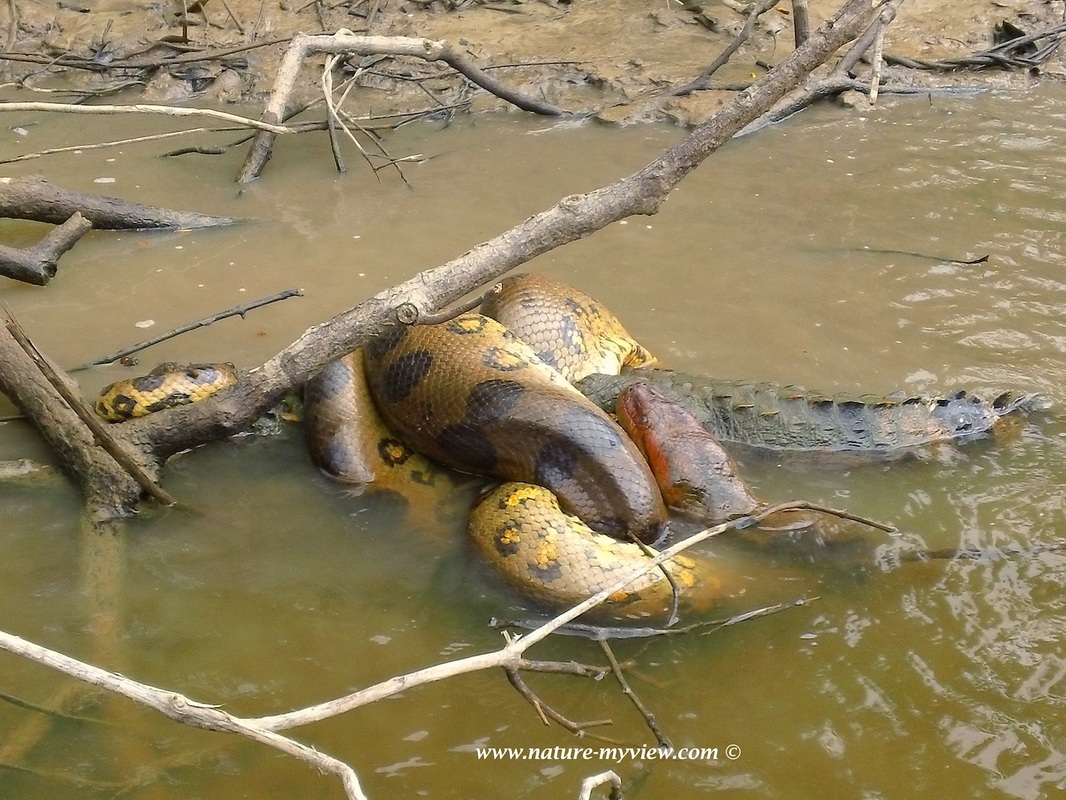
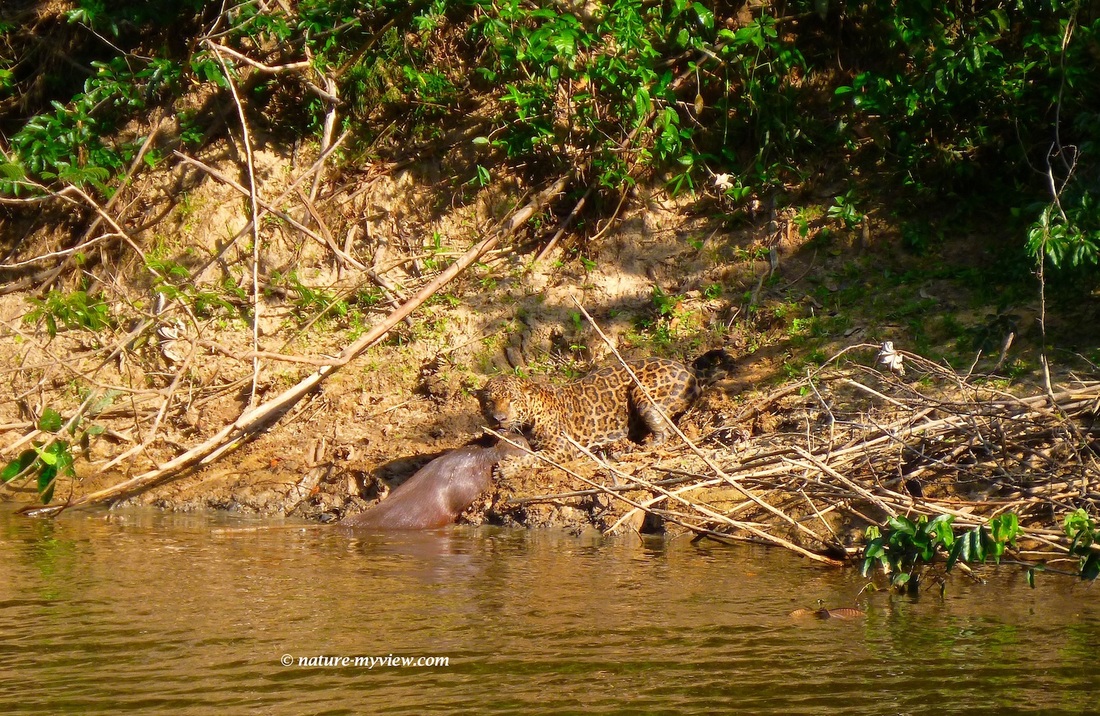
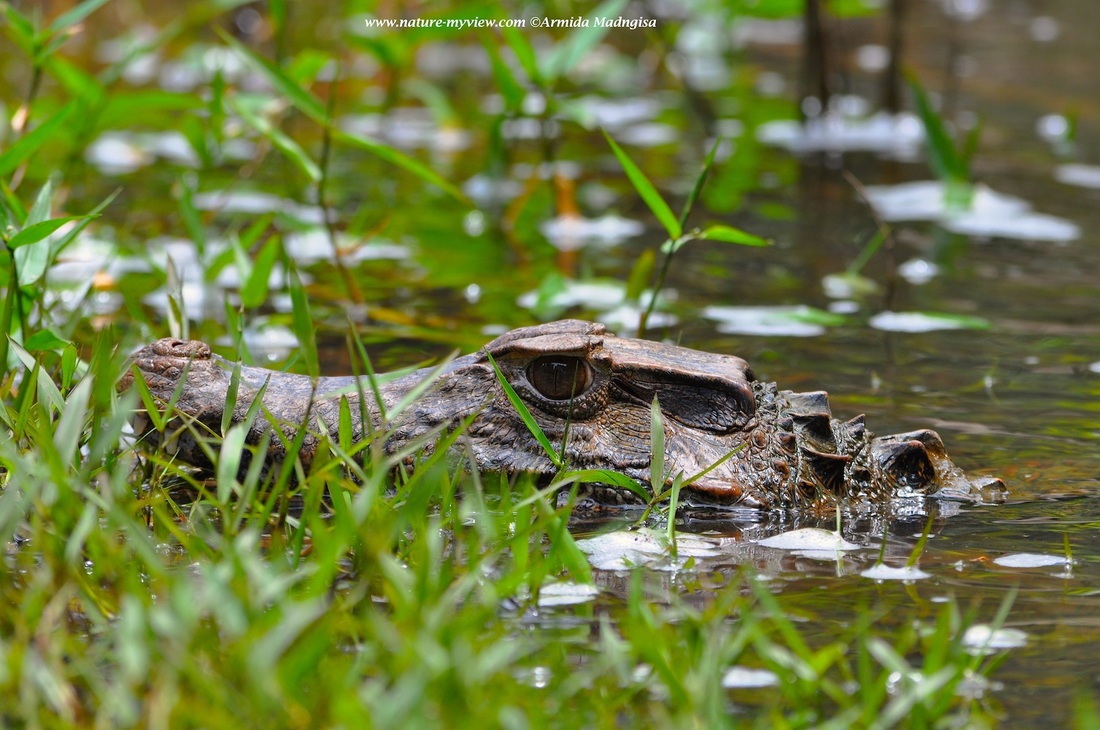
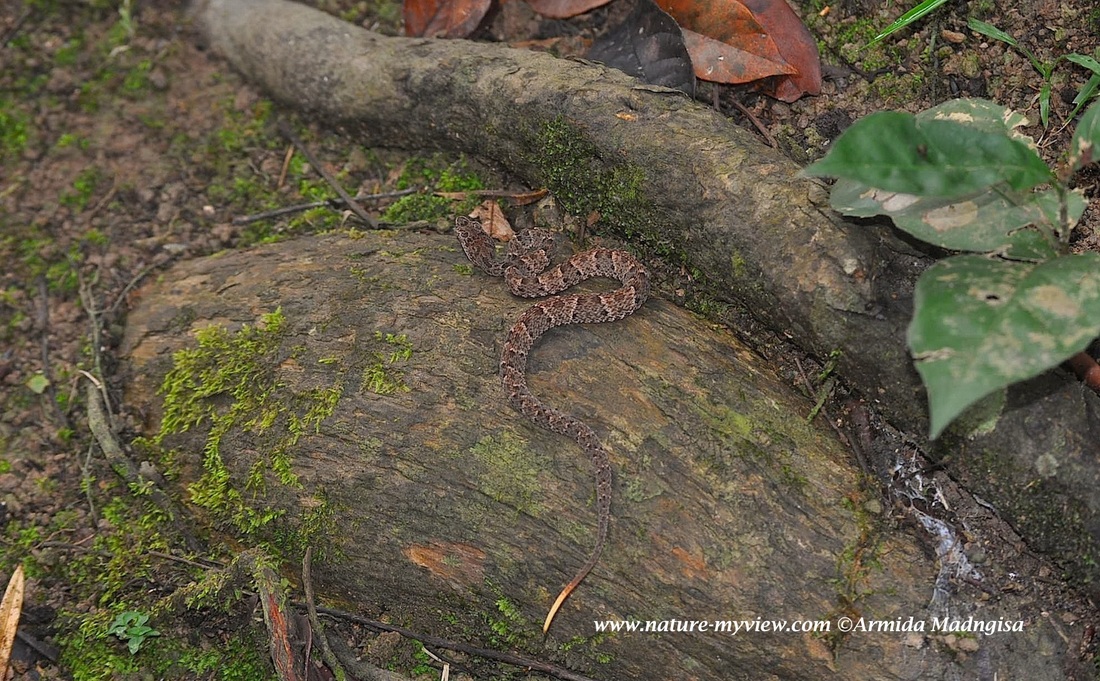
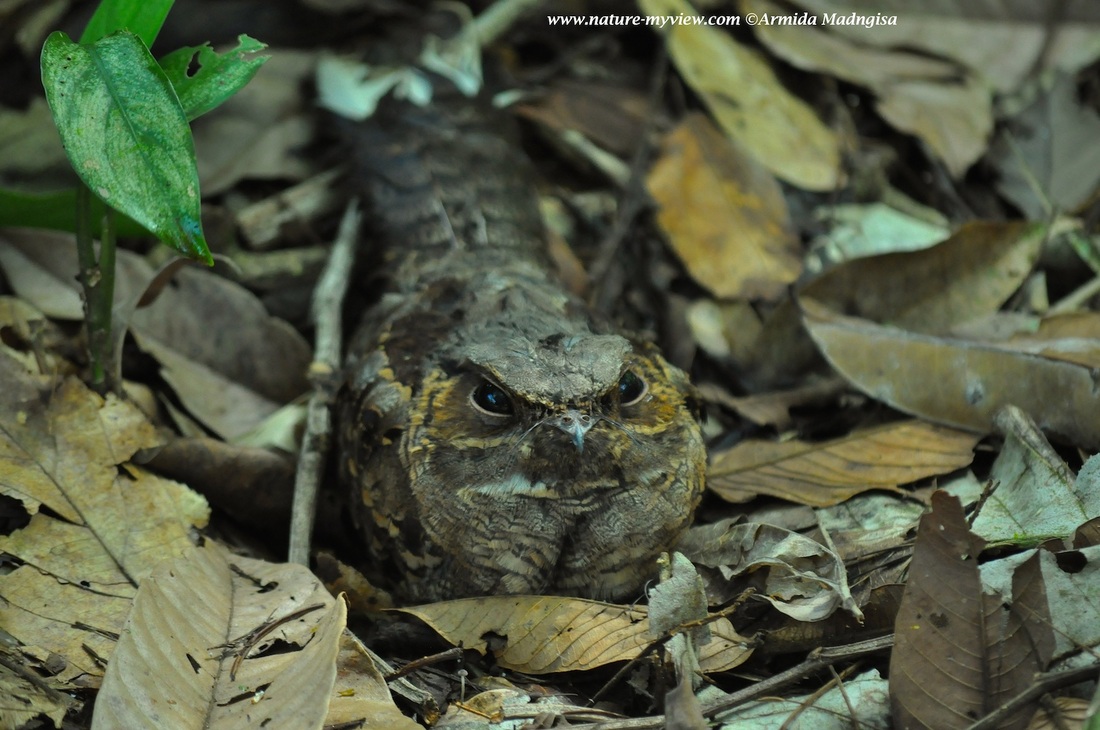
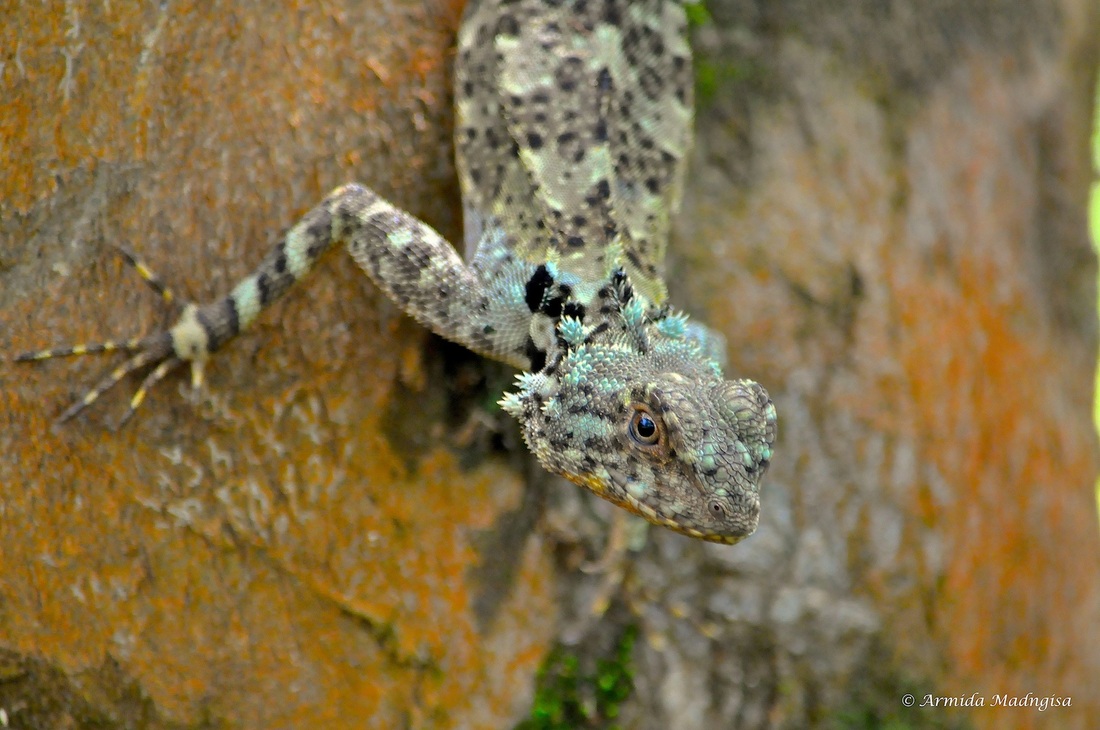
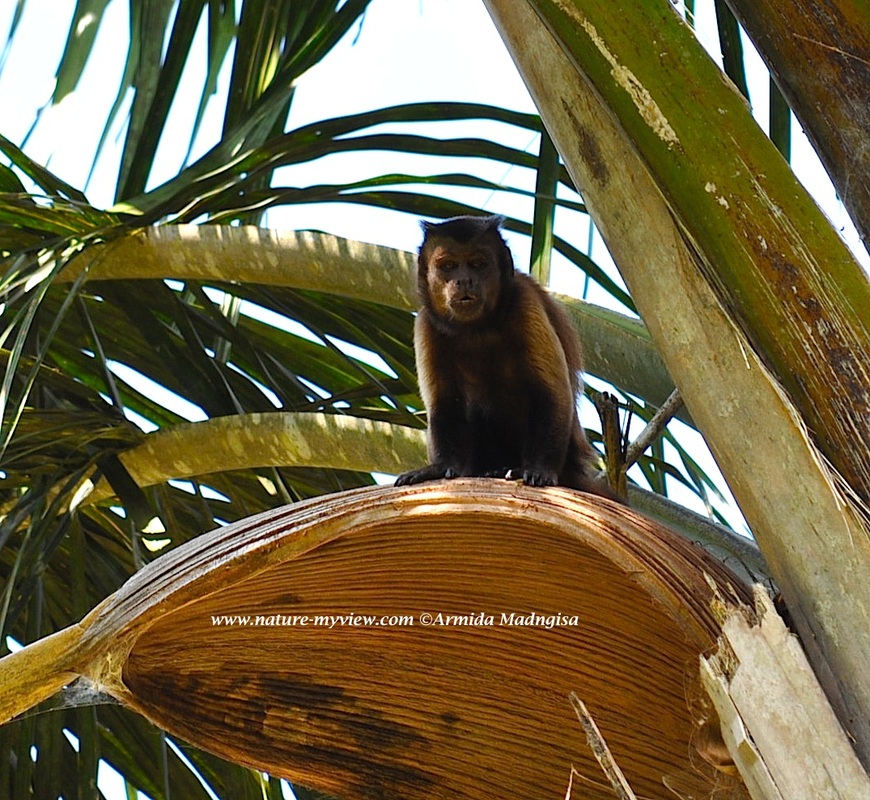
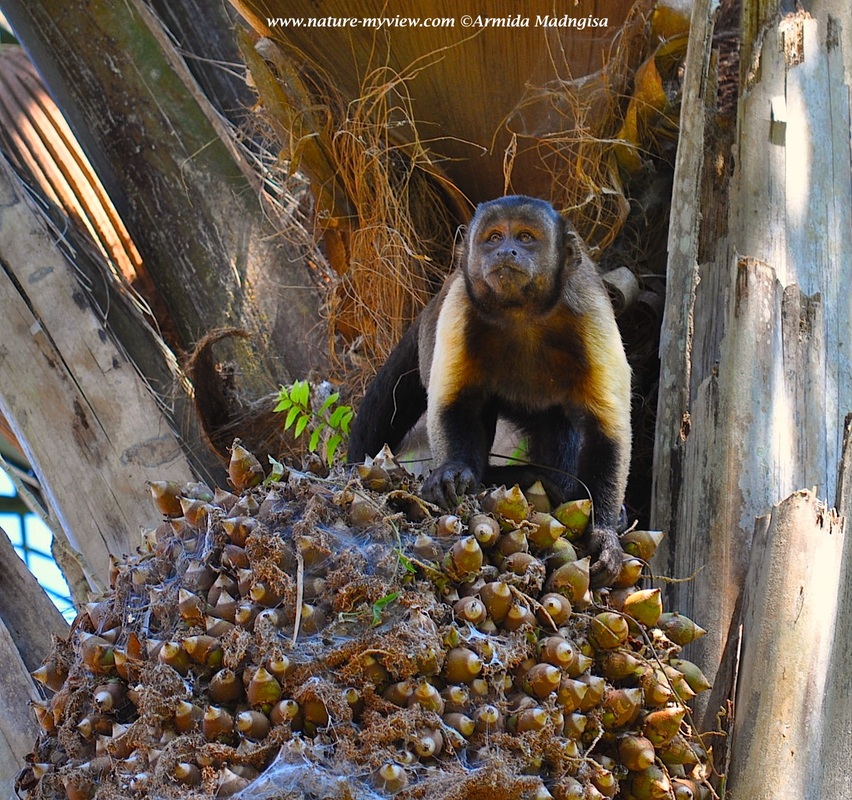
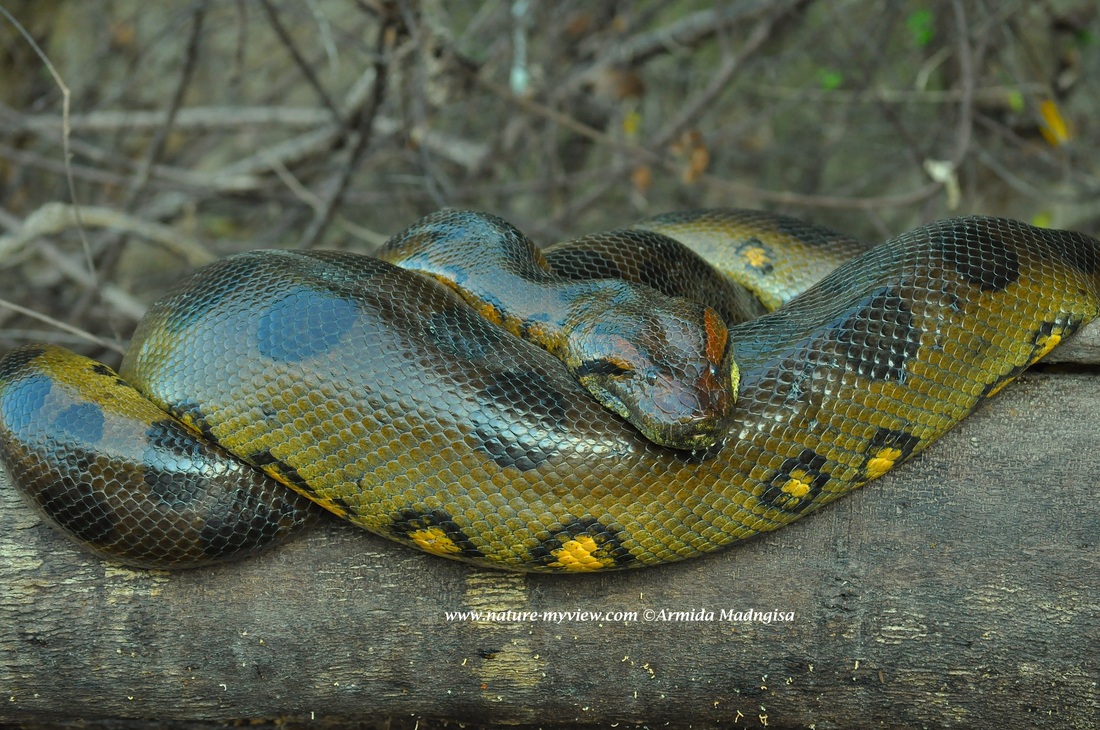
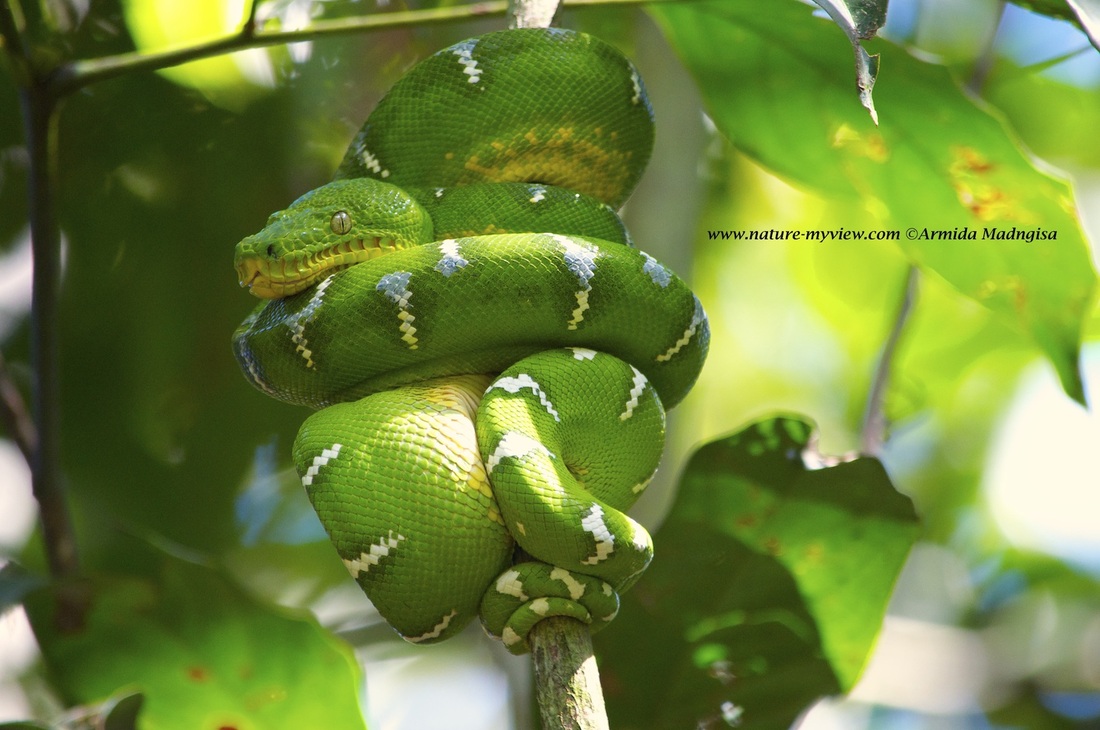
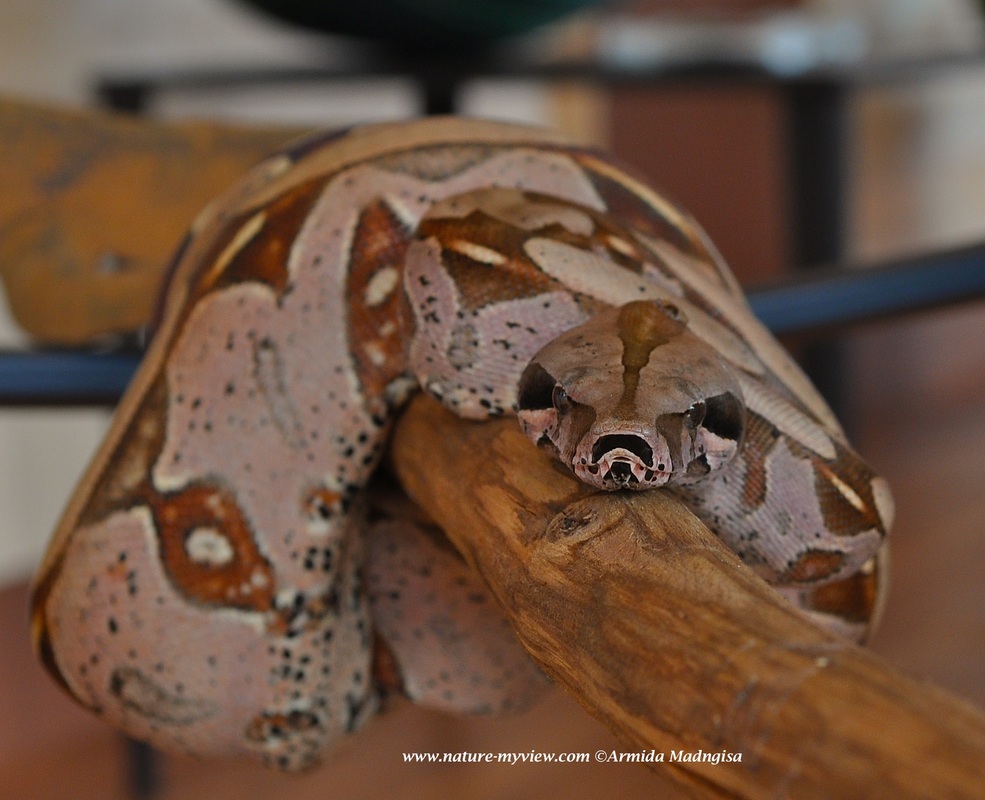
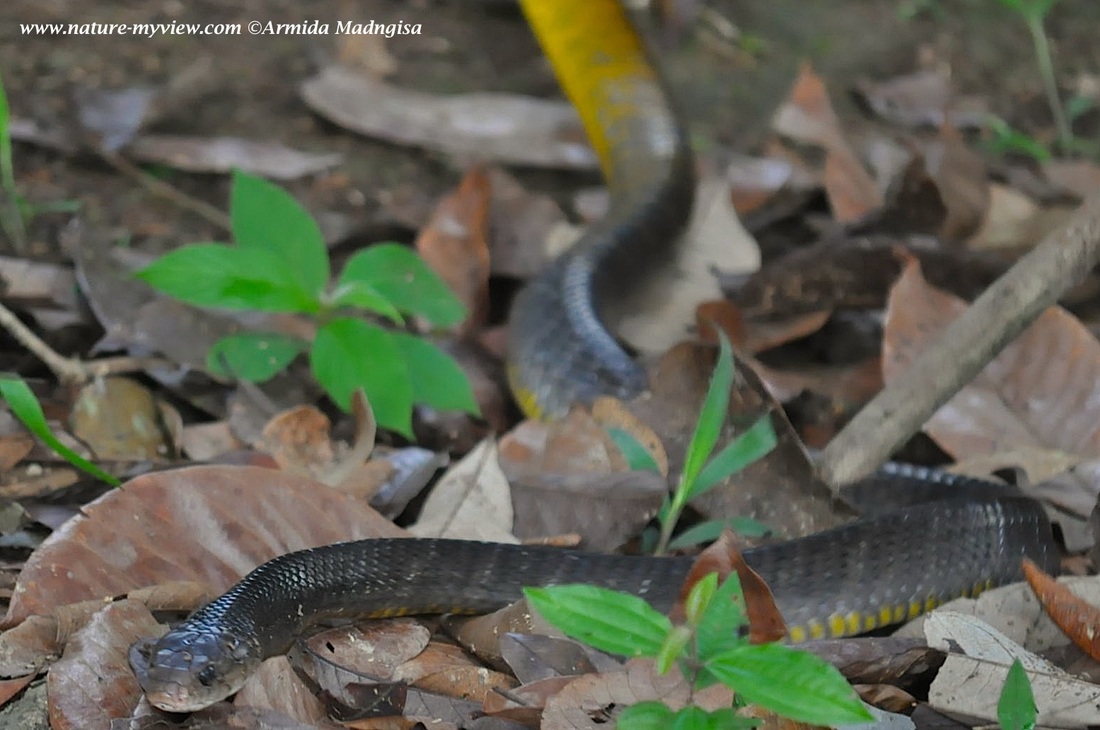
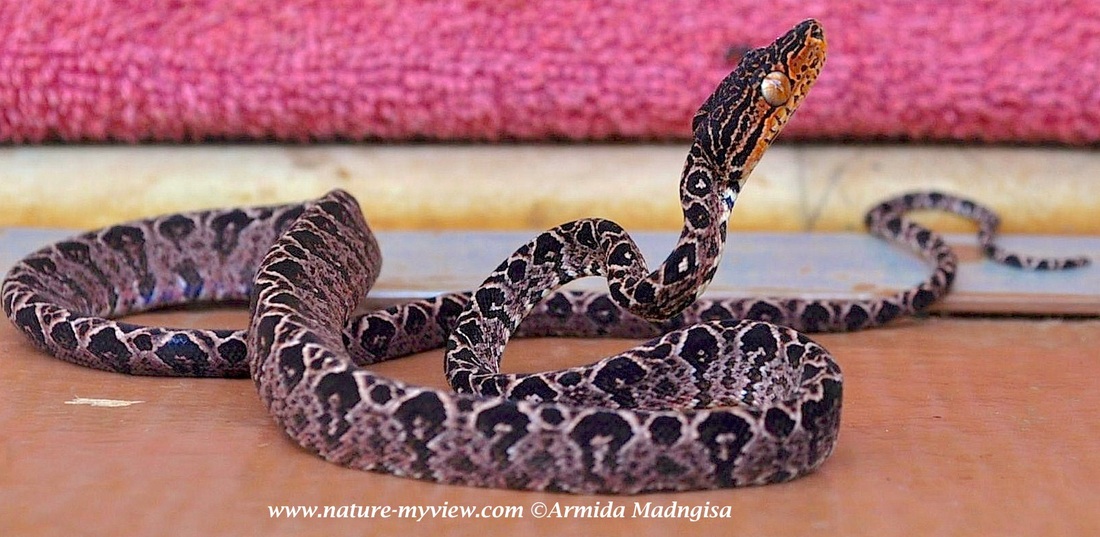
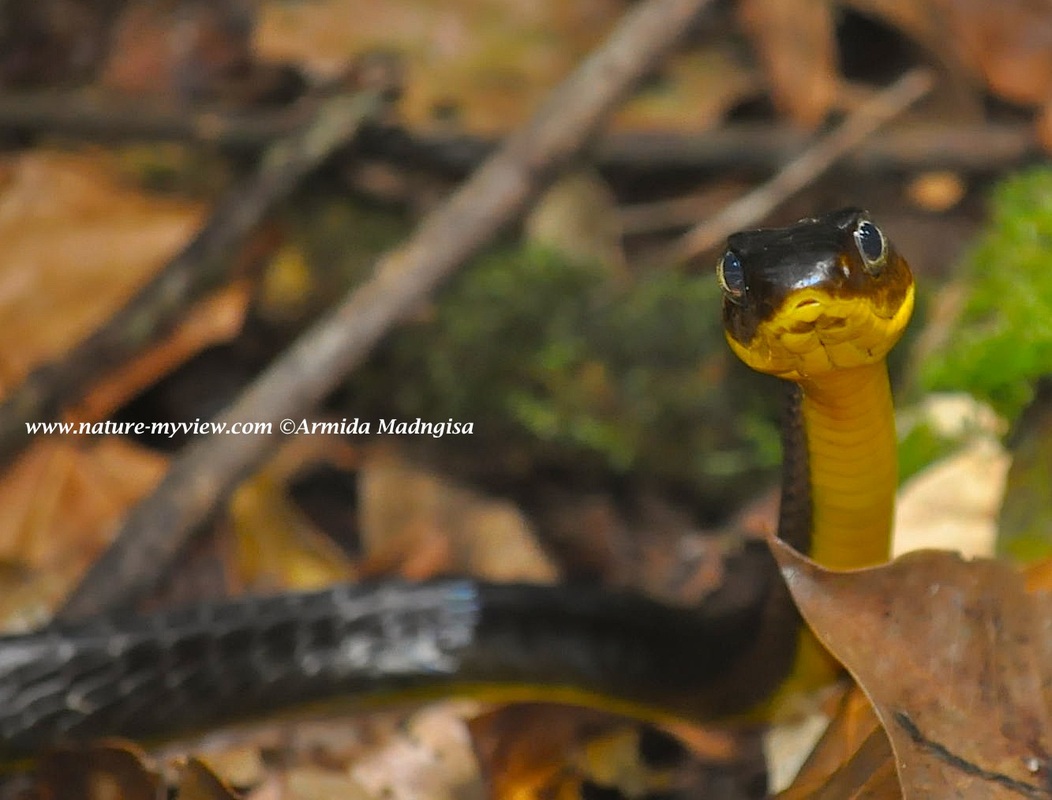
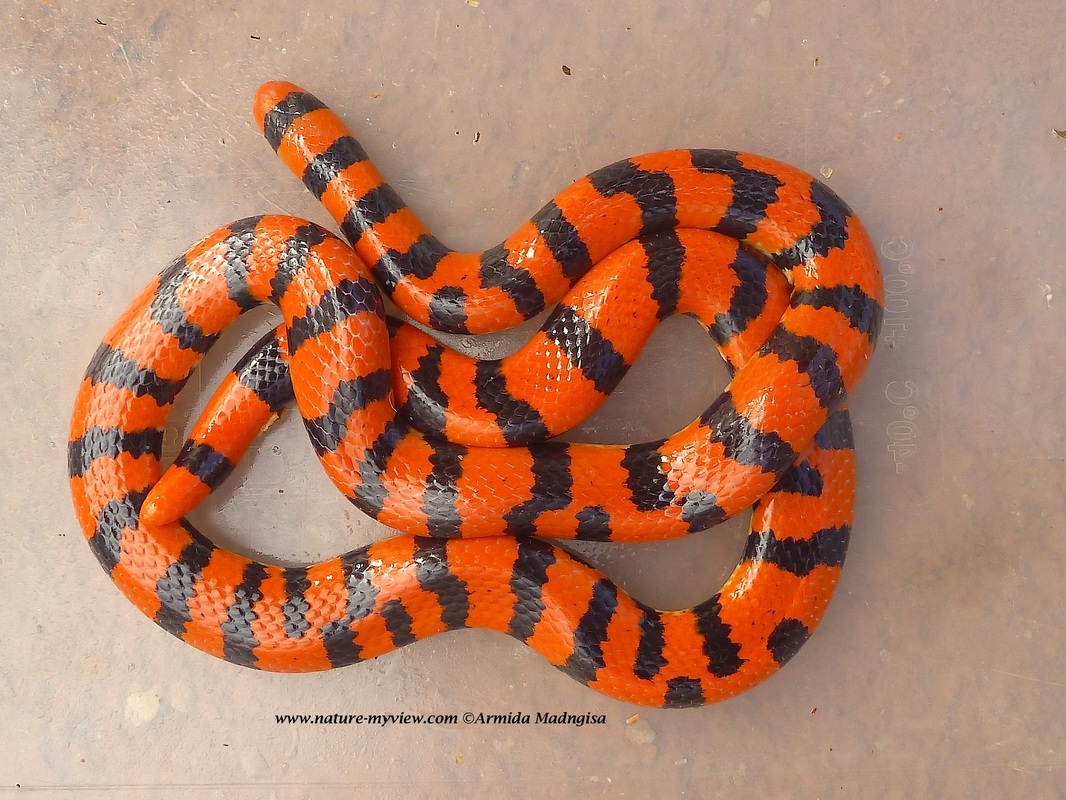
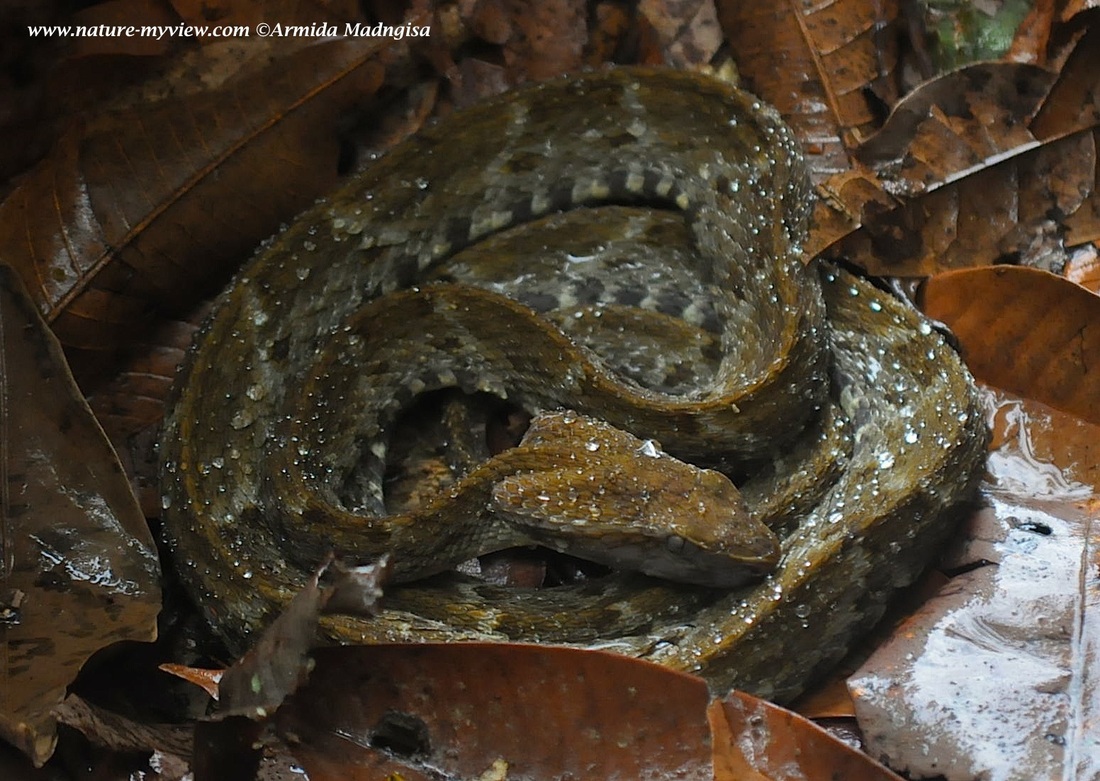
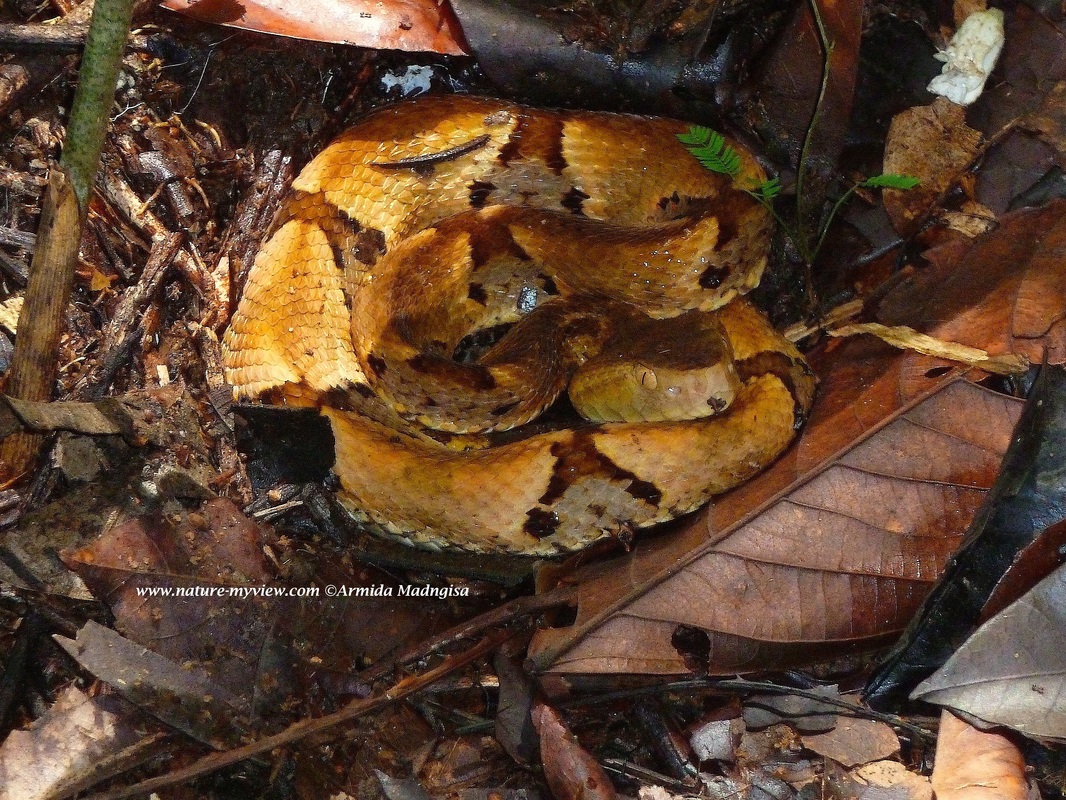

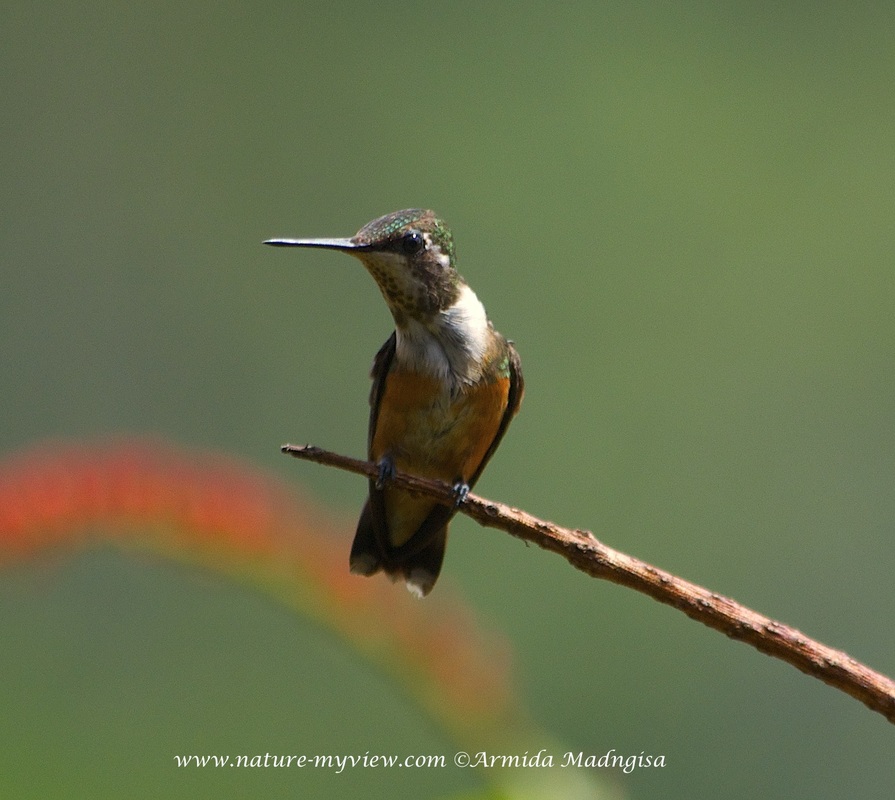
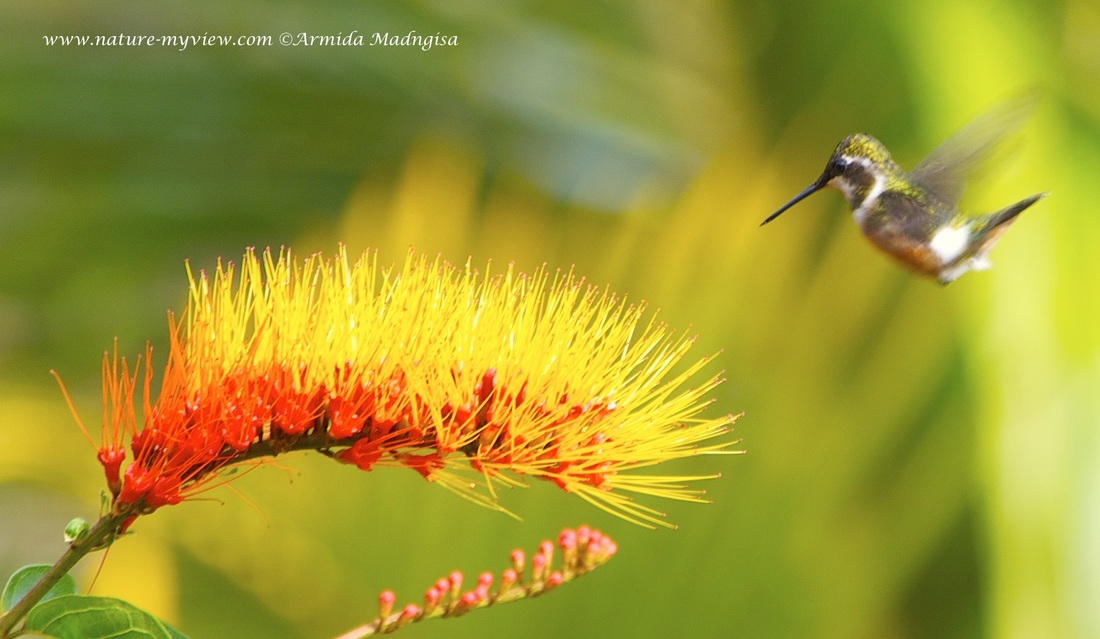
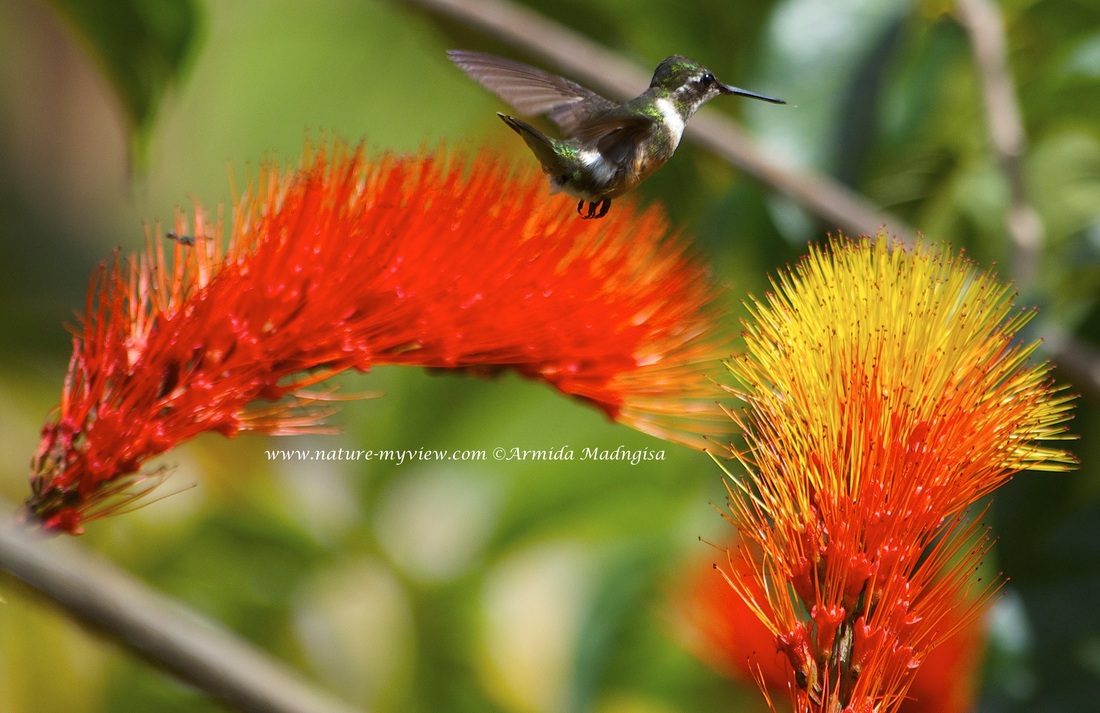
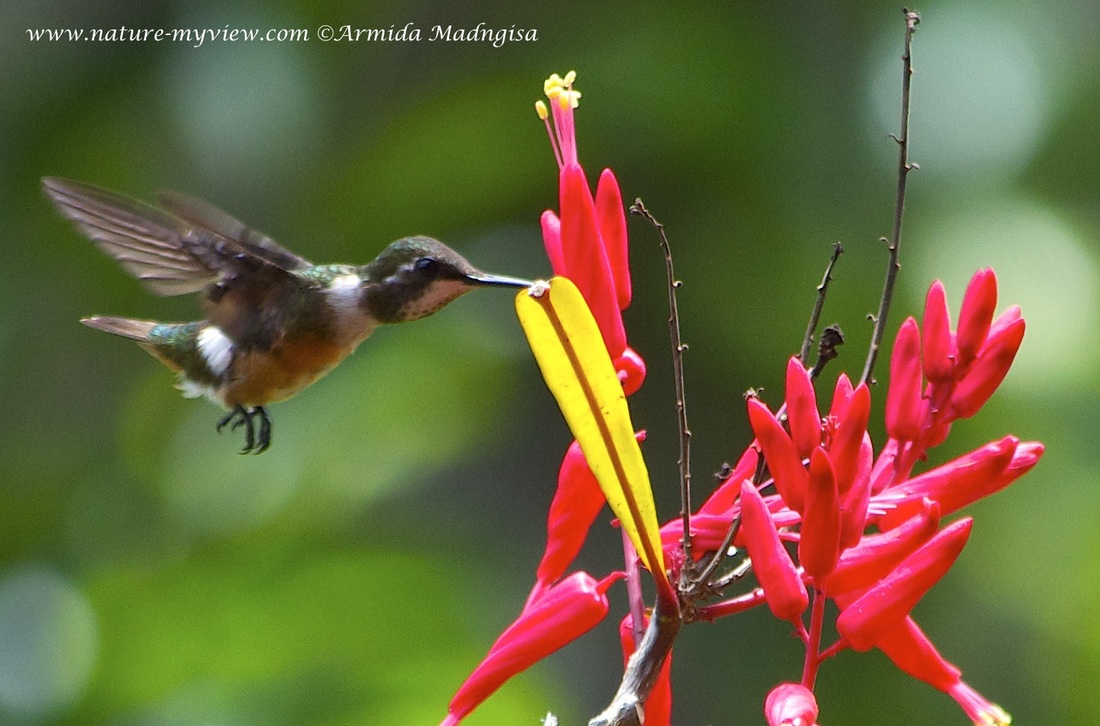
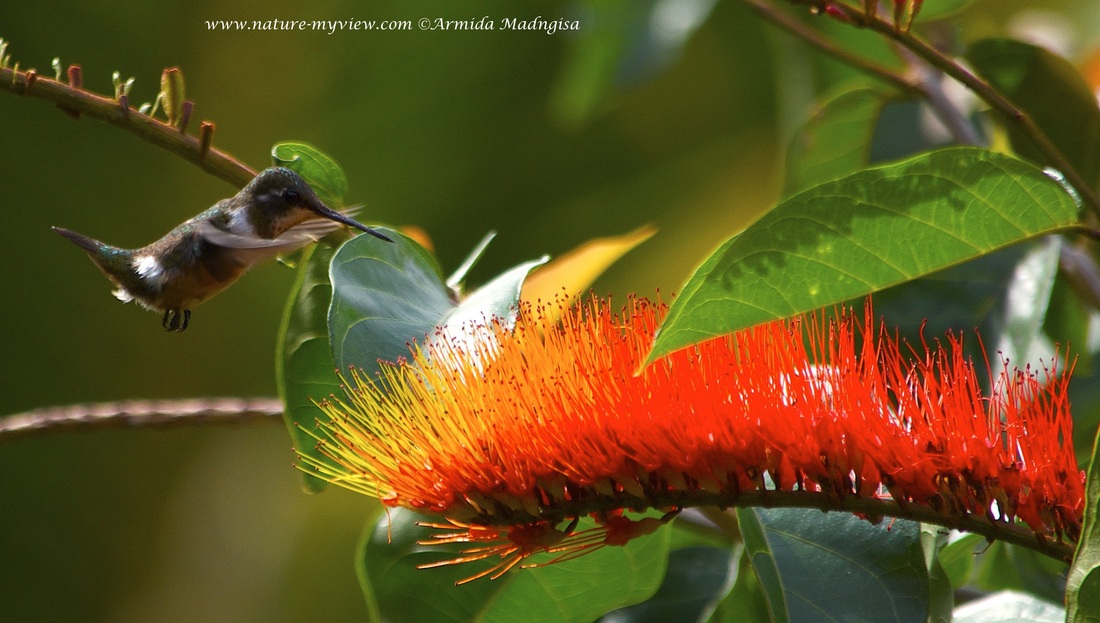
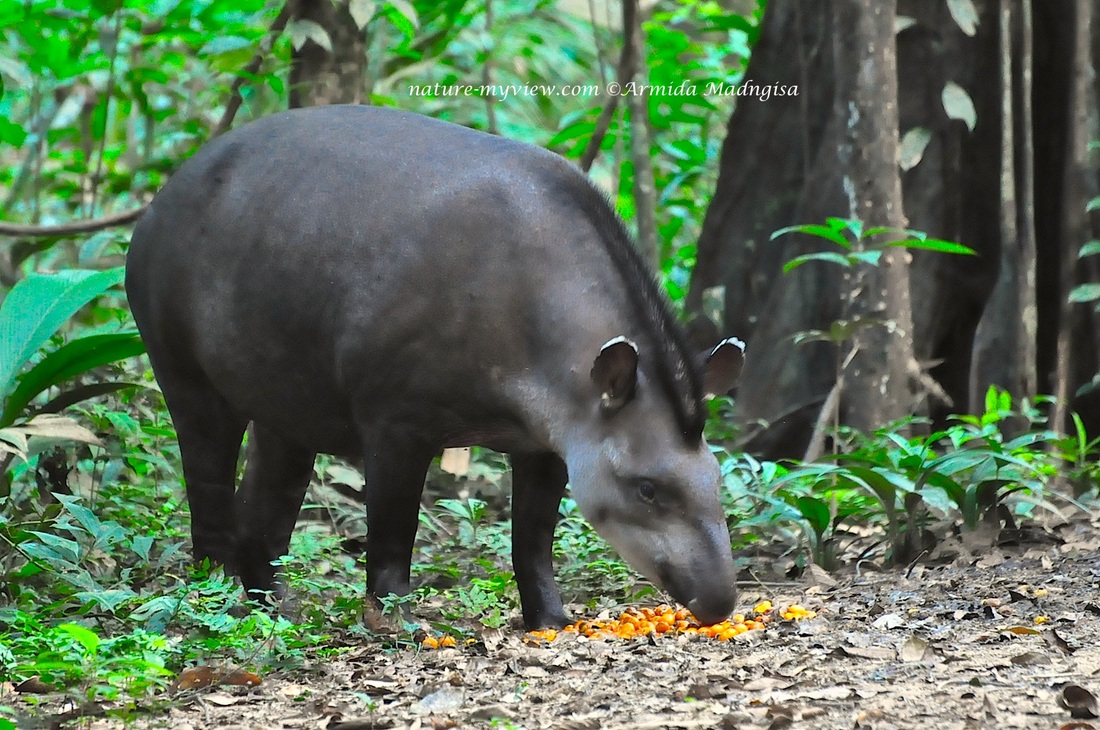
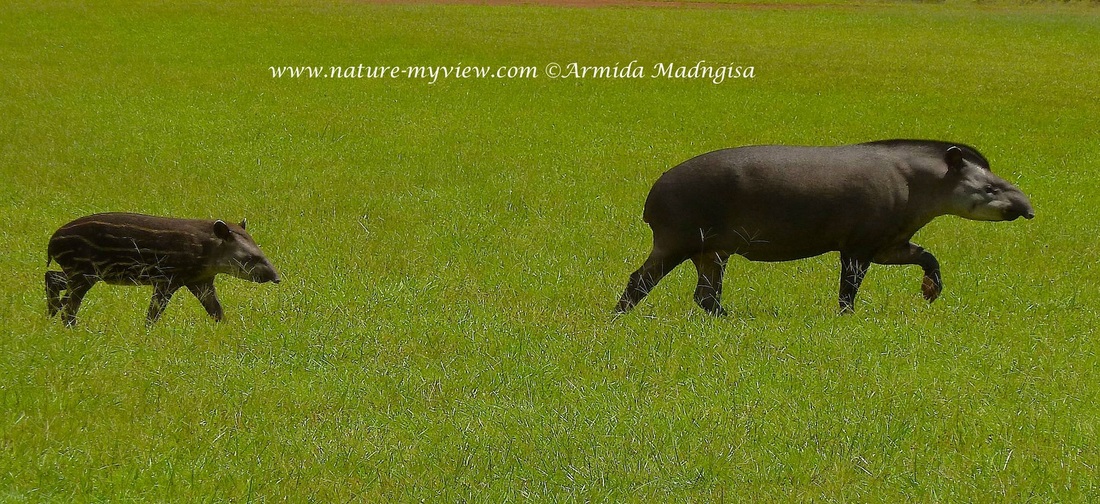
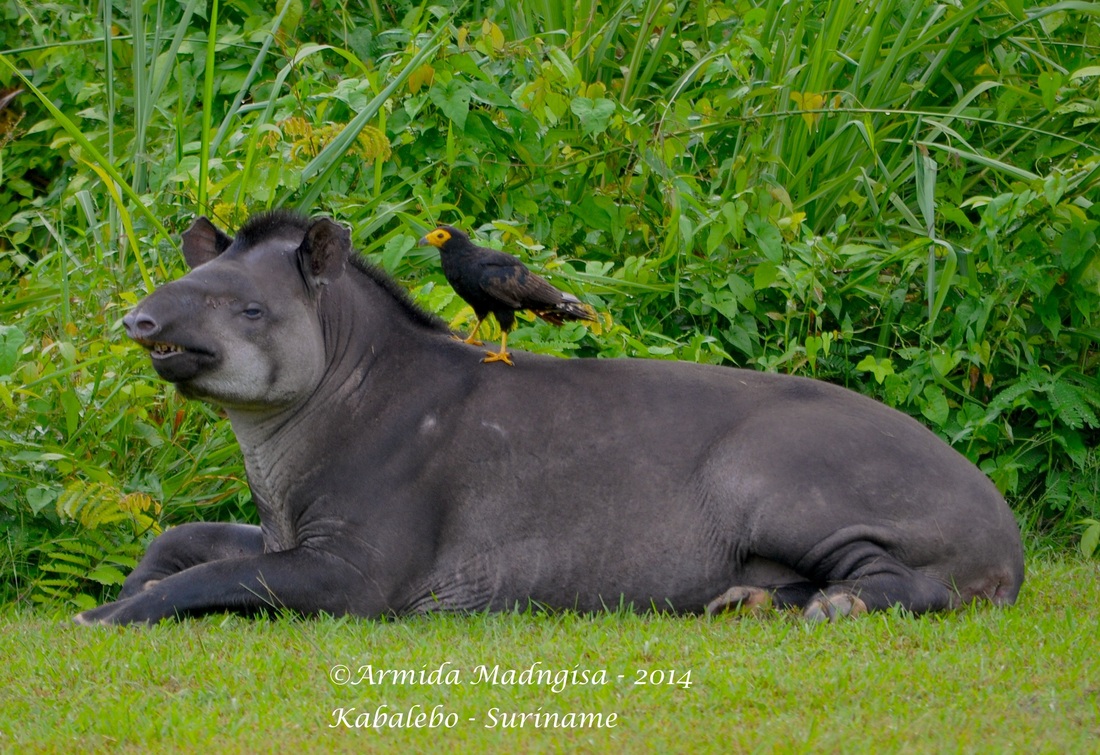
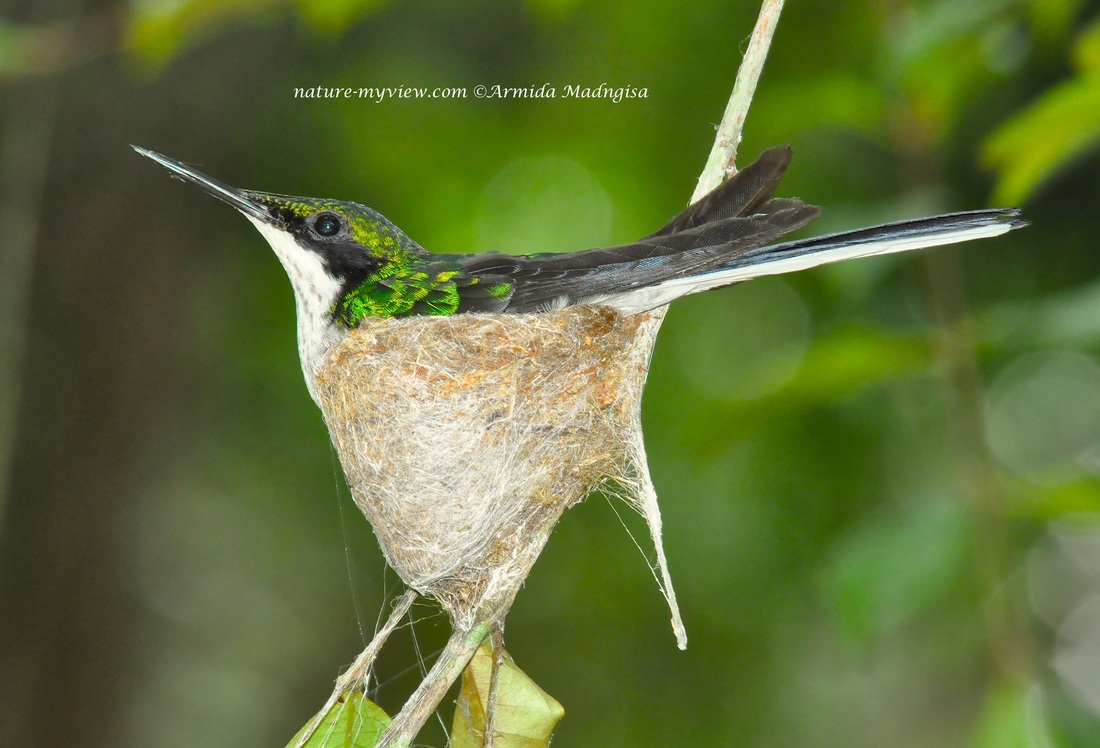

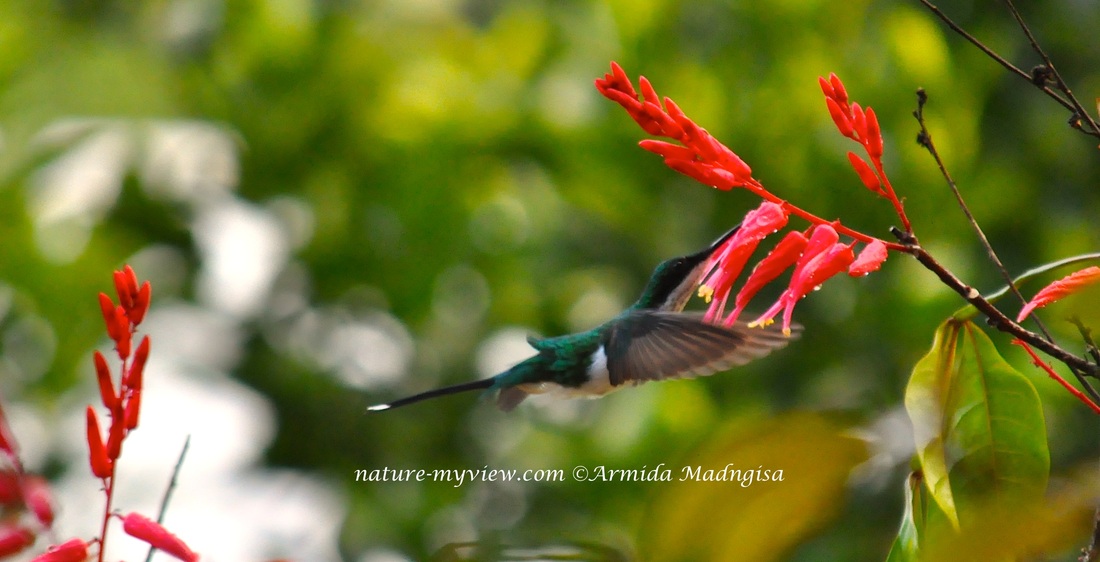
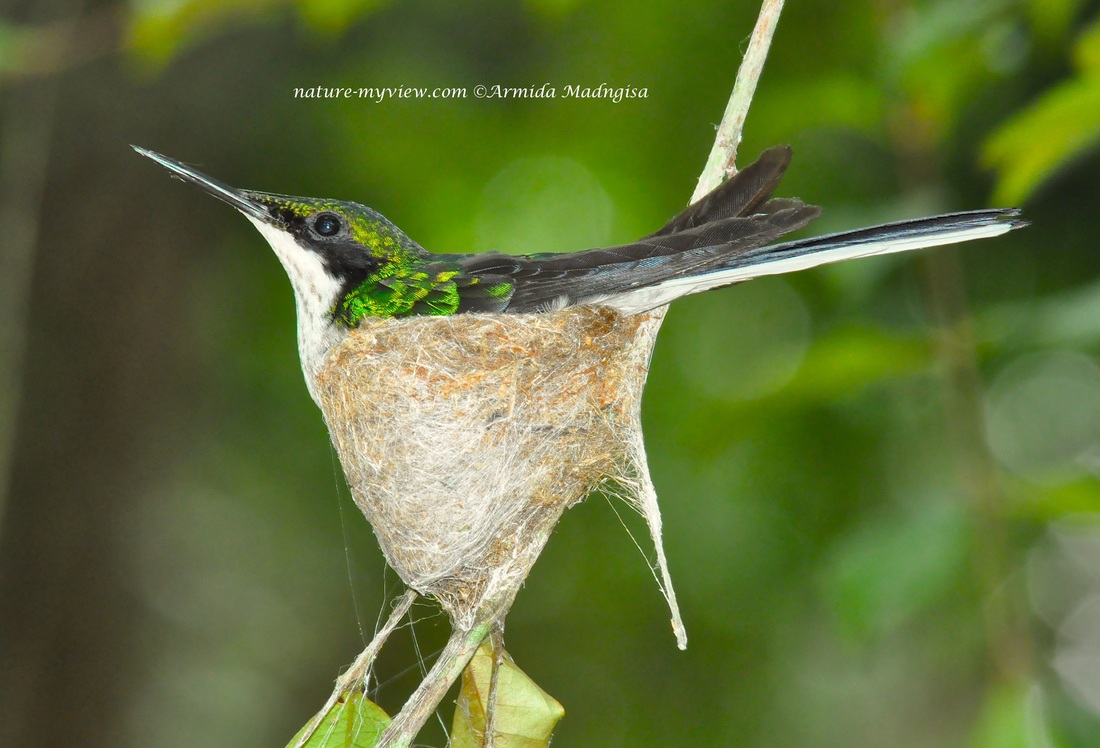
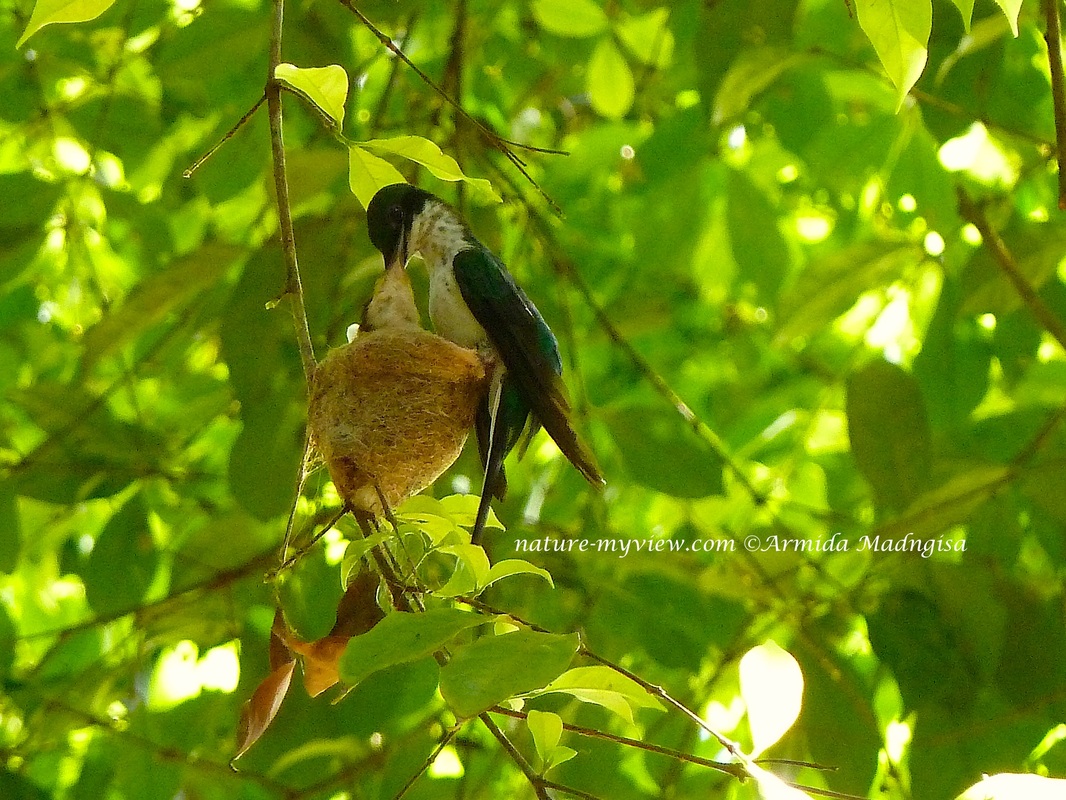
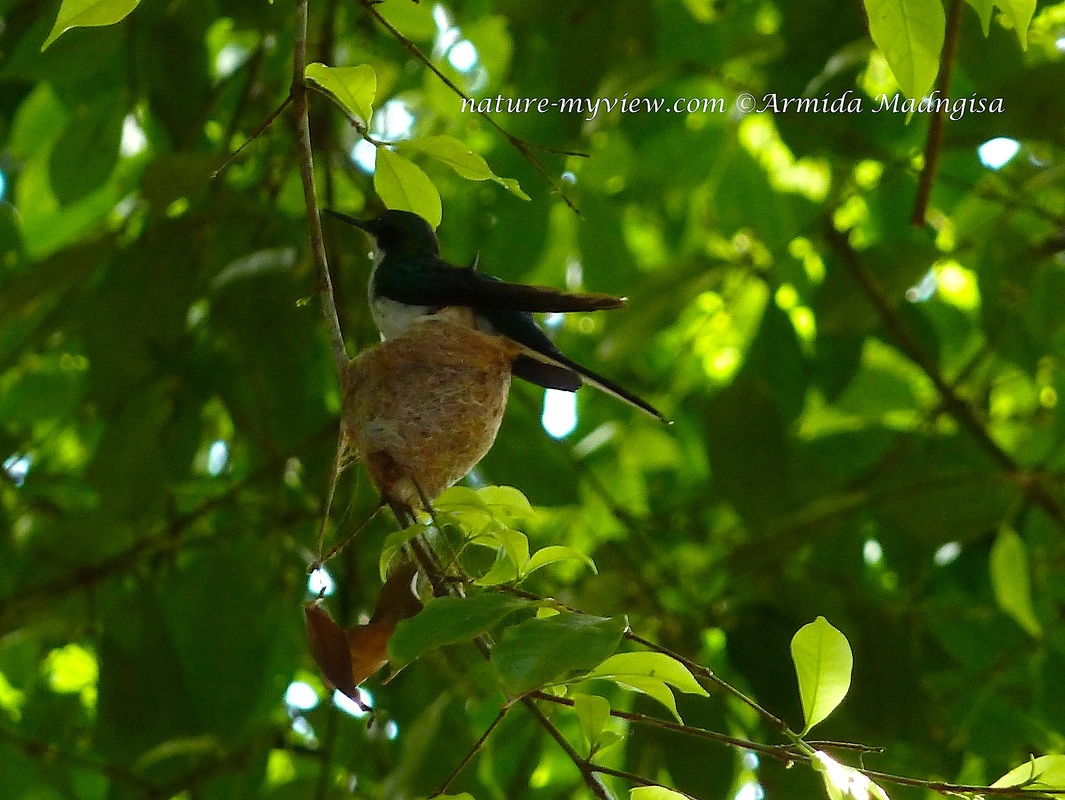
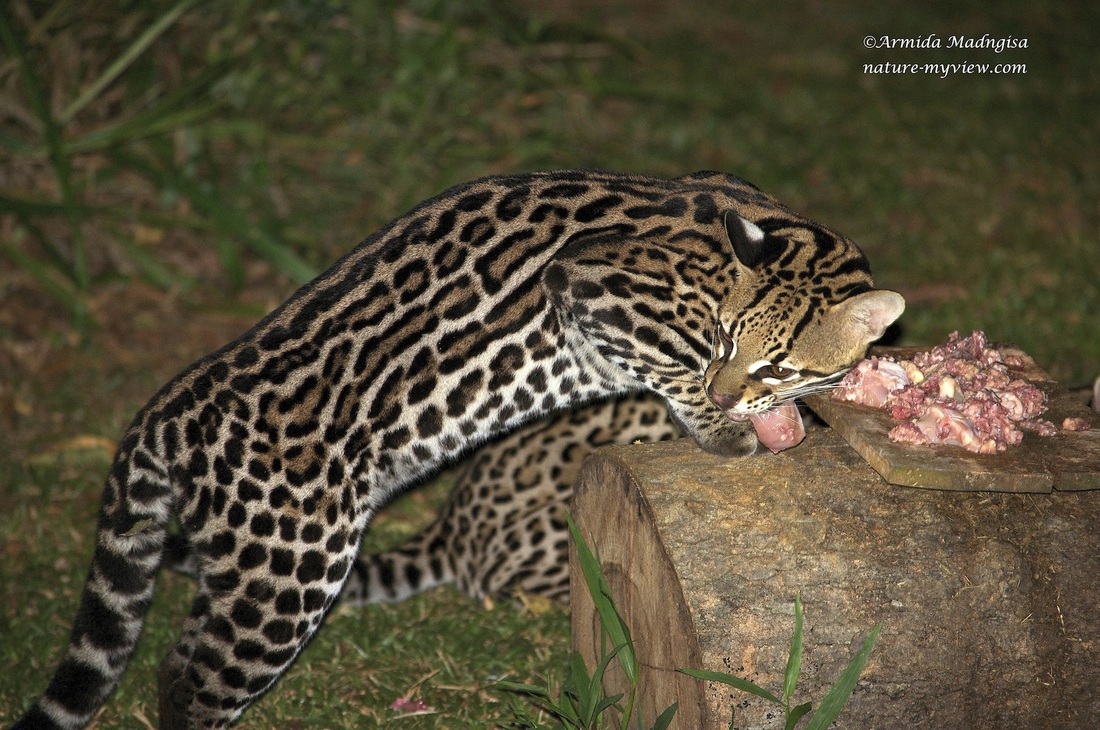
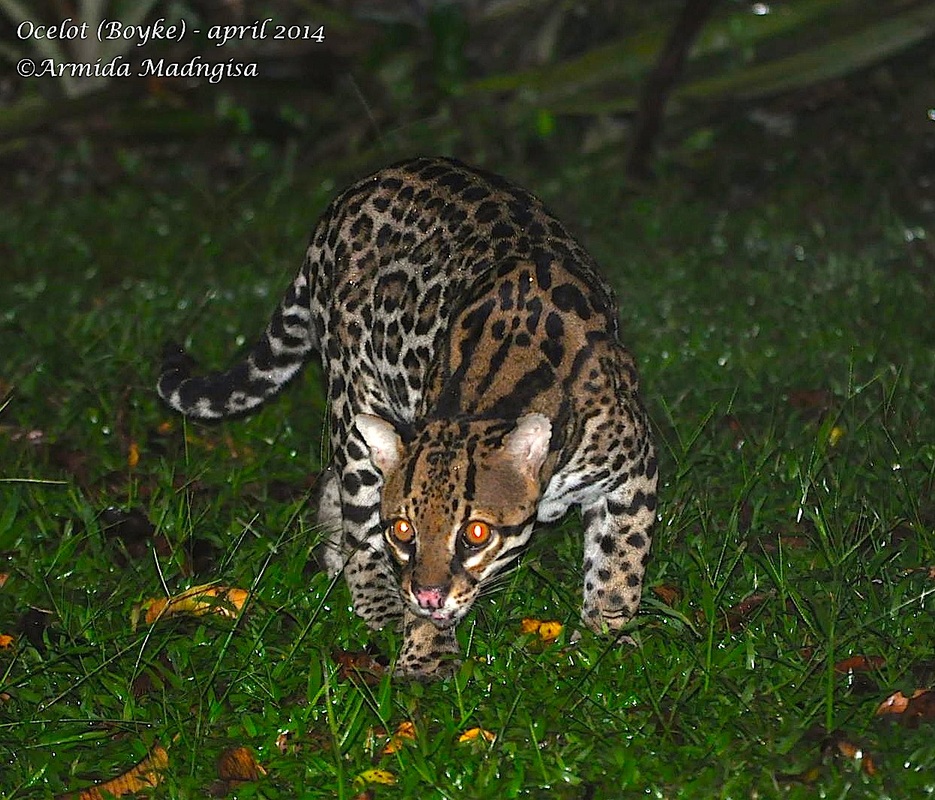
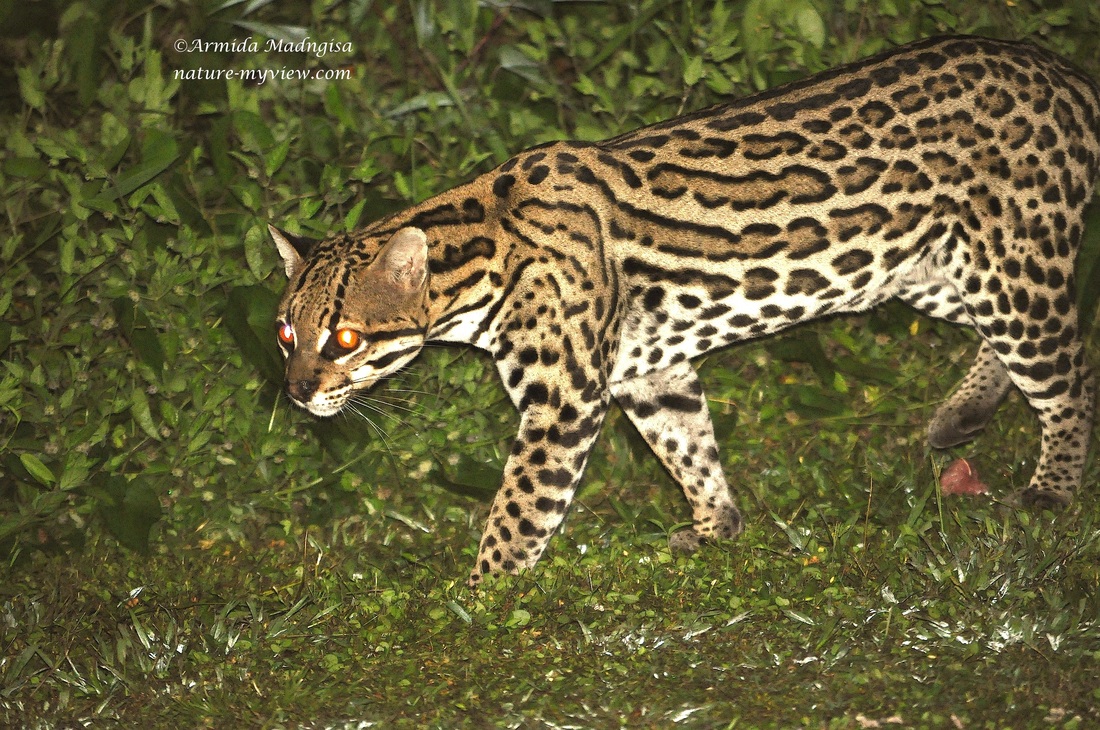
 RSS Feed
RSS Feed